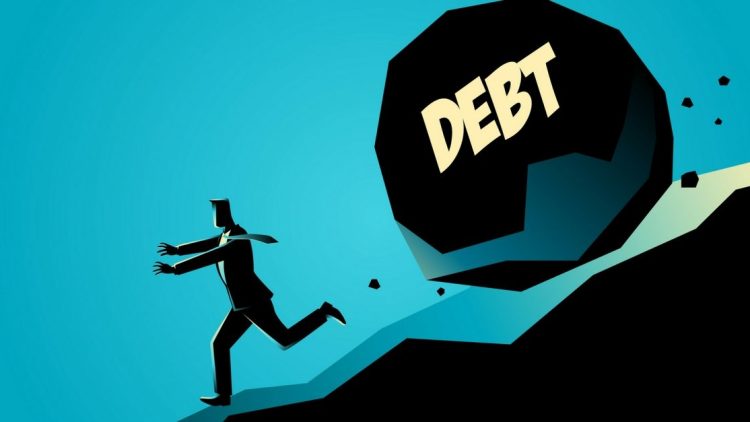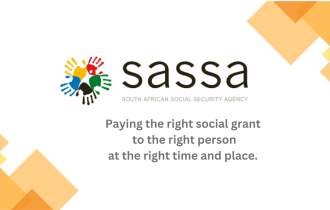How to check if your name is listed for Debt Review
Are you currently navigating the complex terrain of debt in South Africa? Or perhaps you’re simply curious about the debt review process and how it can help you regain control of your finances? This in-depth guide provides valuable insights on understanding, checking, and exiting debt review, along with some frequently asked questions to shed light on this crucial financial topic.
Demystifying Debt Review in South Africa
Debt review in South Africa is a financial lifeline rooted in the National Credit Act (NCA), aimed at helping individuals overwhelmed by debt to regain their financial footing. This pivotal process is closely monitored by the National Credit Regulator (NCR) and accredited debt counsellors who play an indispensable role in guiding individuals through their debt challenges.
The Significance of the National Credit Act (NCA)
The National Credit Act, enacted in 2005, serves as the legal framework governing credit and debt-related matters in South Africa. It places a strong emphasis on responsible lending practices and consumer protection. Under the NCA, a formal debt review process was introduced to help those grappling with unmanageable debt.
How to Check If You’re Under Debt Review
Understanding your financial status is the first step in reclaiming your financial independence. Here’s how to determine if you’re currently under debt review:
- Visit a Credit Bureau: Renowned credit bureaus like TransUnion or Experian can assist you in this process.
- Request a Name Check: Many credit bureaus provide this service free of charge, enabling you to check the status of your name without any financial burden.
- Interpreting the Report: A credit report prominently displaying the label “under debt review” suggests that you are actively working towards settling your debts.
- Reporting Errors: Should you come across inaccuracies in your report, take swift action by reaching out to the credit bureau’s dispute center to rectify the situation.
Exiting Debt Review: Your Path to Financial Redemption
Embarking on the journey to financial redemption is a significant step. Here’s how you can emerge from debt review and rekindle your financial independence:
- Complete Debt Repayments: Exiting debt review requires the full settlement of all outstanding debts.
- Notification from Your Debt Counsellor: Once you’ve successfully repaid your debts, your debt counsellor will inform you.
- Clearance Certificate: Within a maximum of 21 business days from receiving the notification, the credit bureau will remove the “debt review” status and issue you a clearance certificate.
Frequently Asked Questions
How long does debt review stay on your name?
The duration varies, depending on your repayment capabilities. Most individuals take between 36 and 60 months to achieve debt-free status.
Can you access loans while under debt review?
While undergoing debt review, loan applications are likely to be rejected. The doors to loans open up once you’ve successfully settled your debts and obtained a clearance certificate.
Is debt review a mandatory process?
No, debt review is a voluntary process initiated by individuals seeking assistance in managing their debt more effectively.
Can a debt review process be paused or reversed?
Yes, debt review can be paused or reversed if certain conditions are met, and a debt counsellor deems it appropriate.
Conclusion
Understanding the intricacies of the debt review process is pivotal for anyone striving for financial recovery and independence. Exiting debt review marks a new beginning, enabling you to regain control of your financial journey and achieve lasting economic freedom. Knowledge and informed decisions are your greatest allies in this financial odyssey.





